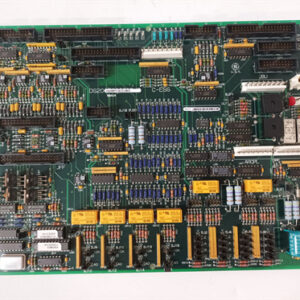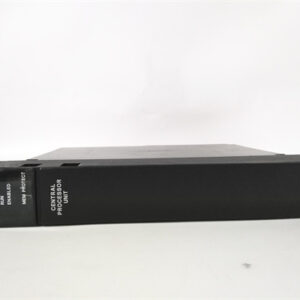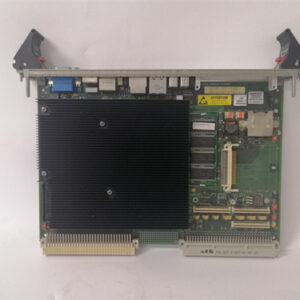الوصف
The GE DS200DTBDG1A is a specialized Digital Output Terminal Board for the Mark V series of turbine control systems. Its primary function is to provide a robust, reliable, and protected interface for controlling high-current inductive loads, such as relays and solenoids, directly from the control system. ⚙️
Technical Breakdown
The model number provides a clear breakdown of its function:
- DTBD (Digital Contact Terminal Board): This board is a type of digital I/O interface. The “D” in the designation often implies a specific application or feature, distinguishing it from other digital I/O boards. In this case, the board is designed to handle the unique electrical characteristics of inductive loads.
- Relay/Solenoid Control: This is the most critical feature. When a relay or solenoid is de-energized, its magnetic field collapses, generating a powerful high-voltage spike (back electromotive force or EMF). A standard digital output board could be damaged by this voltage. The DS200DTBDG1A is specifically engineered with built-in suppression circuitry (e.g., flyback diodes) to safely dissipate this back EMF, protecting the sensitive control electronics from damage and ensuring the longevity and reliability of the system.
- Terminal Board: This board provides the physical gateway for field wiring. It uses robust screw terminals and high-density connectors to allow direct connection of external devices, simplifying wiring and providing a standardized, easily accessible interface.
- MKV (Mark V): This board is a component of the GE Mark V Speedtronic turbine control system, known for its high reliability and triple-redundant architecture. The DS200DTBDG1A plays a vital role in providing the high-power digital outputs needed to control critical turbine auxiliaries.
In essence, this board is a purpose-built safety and reliability component, ensuring that the control system can safely and effectively actuate powerful devices in the field without risking damage to its own delicate internal electronics.
Applications
The GE DS200DTBDG1A is a critical component in the control systems of:
- Gas and Steam Turbines: It is used to actuate relays for motor control, solenoid valves for fluid or gas control, and other inductive loads essential for turbine startup, operation, and shutdown sequences.
- Power Plants: It is employed to control alarms, indicators, and other high-power digital outputs.
- Industrial Automation: It can be used in other industrial applications requiring a reliable and protected interface for controlling solenoids and relays.
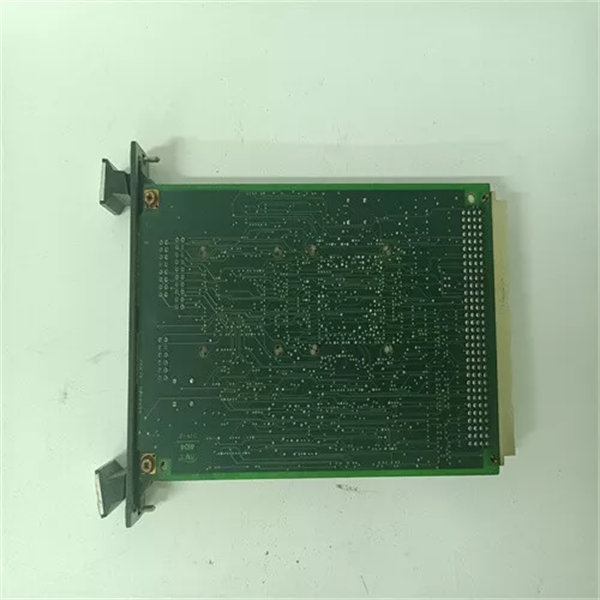

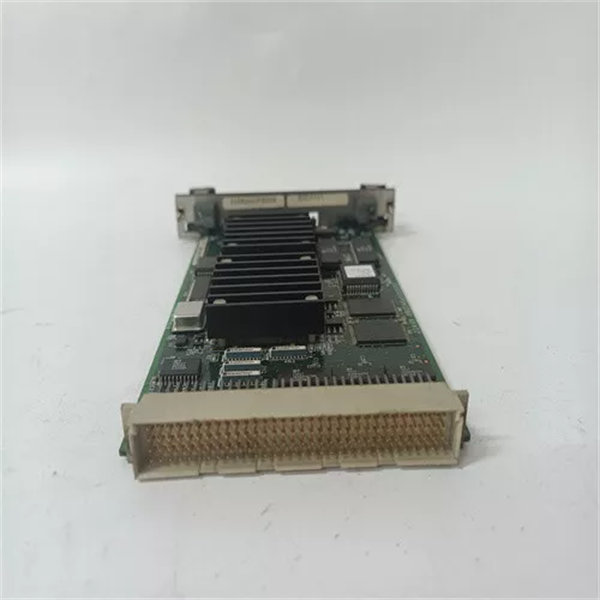

 +86 15340683922
+86 15340683922 +86 15340683922
+86 15340683922